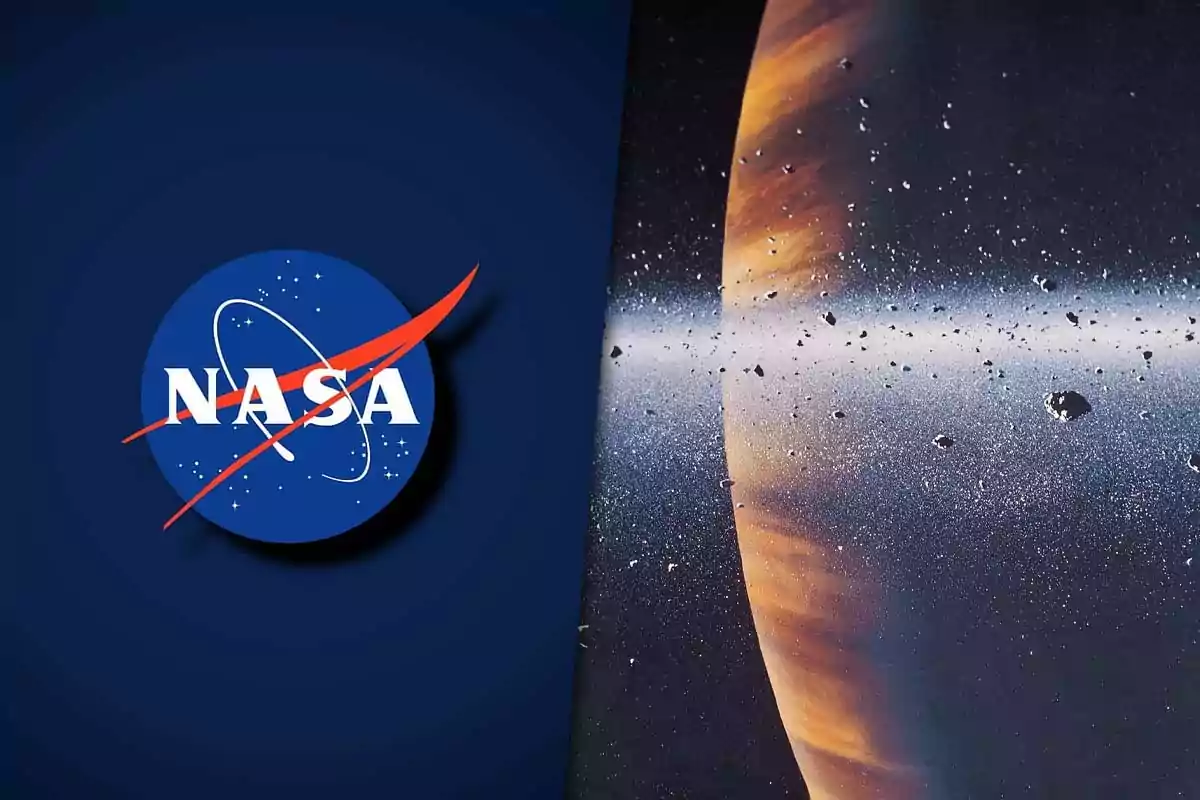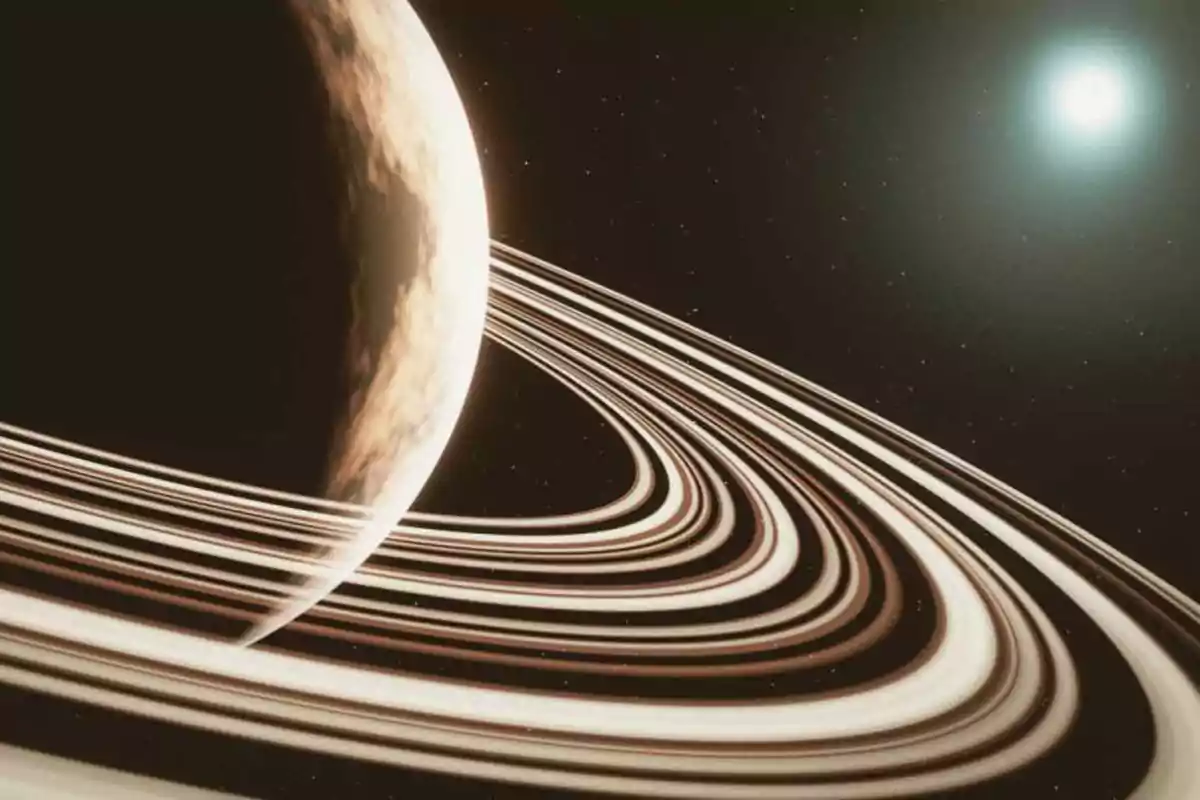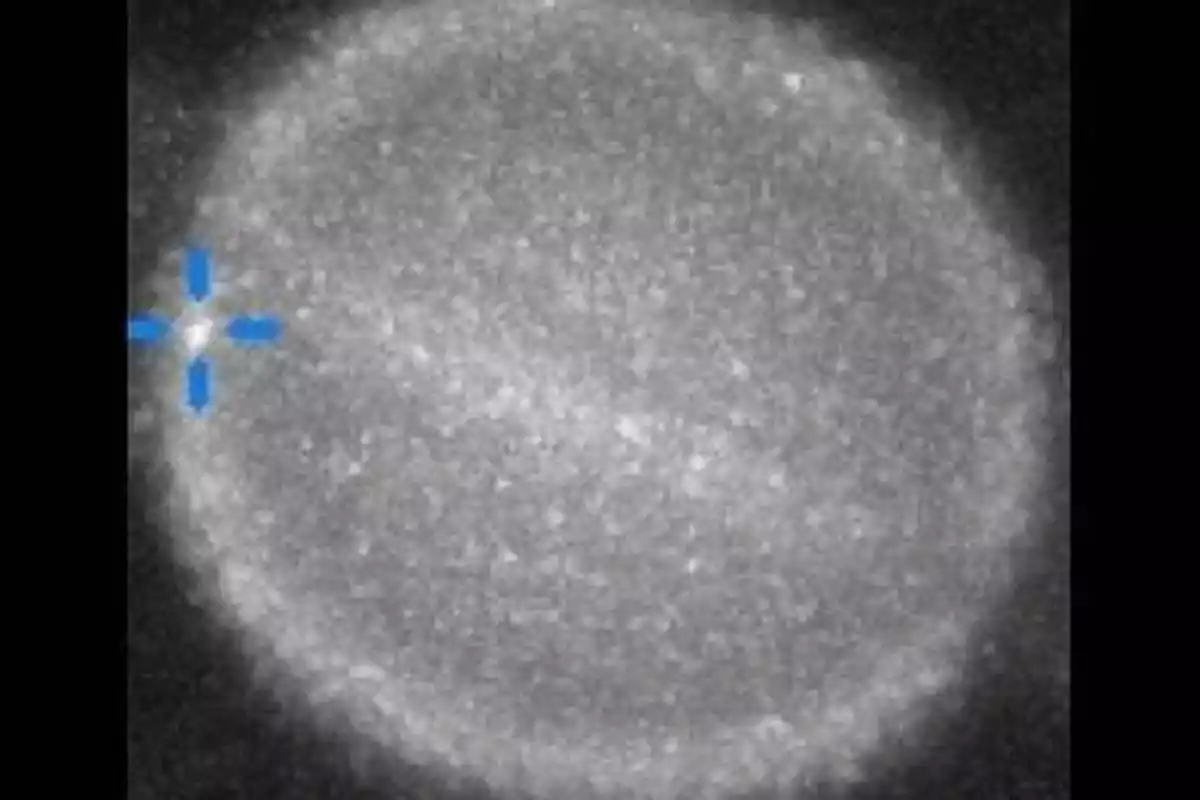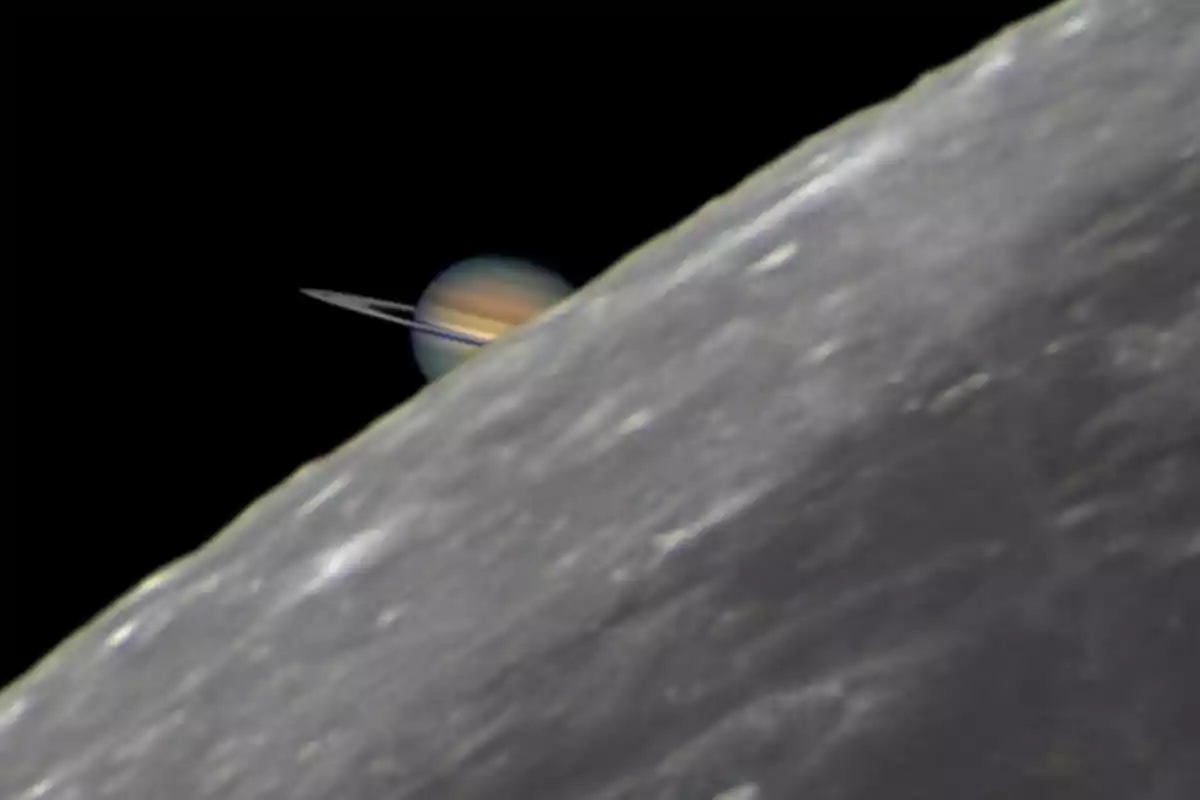
NASA detects a possible impact on Saturn and issues a global alert
NASA captured a strange flash on Saturn and is seeking to confirm whether it was the first visible impact on that planet
An unknown object may have collided with Saturn and the NASA is on alert. The scientific community is seeking to confirm what could be an unprecedented event.
A sudden flash was recorded from Earth and caused a stir among astronomers worldwide. If validated, this would be the first direct visual evidence of an impact on a gas giant like Saturn.

What was seen on Saturn?
The signal was detected by Mario Rana, a NASA collaborator, using a telescope from our planet. The glow occurred in the atmosphere of the sixth planet in the solar system, generating speculation about a possible collision.
The phenomenon was reported by the Planetary Virtual Observatory and Laboratory (PVOL). Currently, it is working with specialists to verify whether this is a real impact or another type of atmospheric phenomenon.
A call to the astronomical community
The PVOL team issued an urgent call to professional and amateur astronomers. The goal is to collect more recent images or data that have recorded Saturn in recent days.

Marc Delcroix, responsible for verifying the discovery, is receiving information to determine the veracity of the impact. The joint work with the global community could be key to confirming a historic event.
Why is it so difficult to detect impacts on Saturn?
Gas giants like Saturn or Jupiter present an extra challenge. Since they are composed mainly of hydrogen and helium, they do not leave craters after a collision as occurs on rocky planets.

Linda Spilker, from the Cassini mission, had already explained in 2013 that any visible trace of an impact disappears in its turbulent atmosphere. That's why capturing a flash like this is so rare.
Saturn as a "giant meteorite detector"
NASA recalls that Saturn's rings function as a huge collision alert system. Since they have a surface area 100 times greater than Earth, they can show alterations caused by objects that come into contact with the planet.
However, until now, a direct image confirming a collision on this planet had not been obtained. That's why this new discovery has science on edge.
More posts: